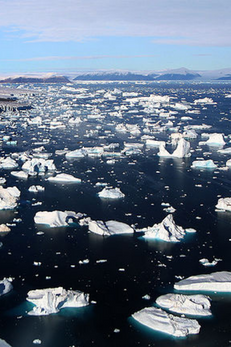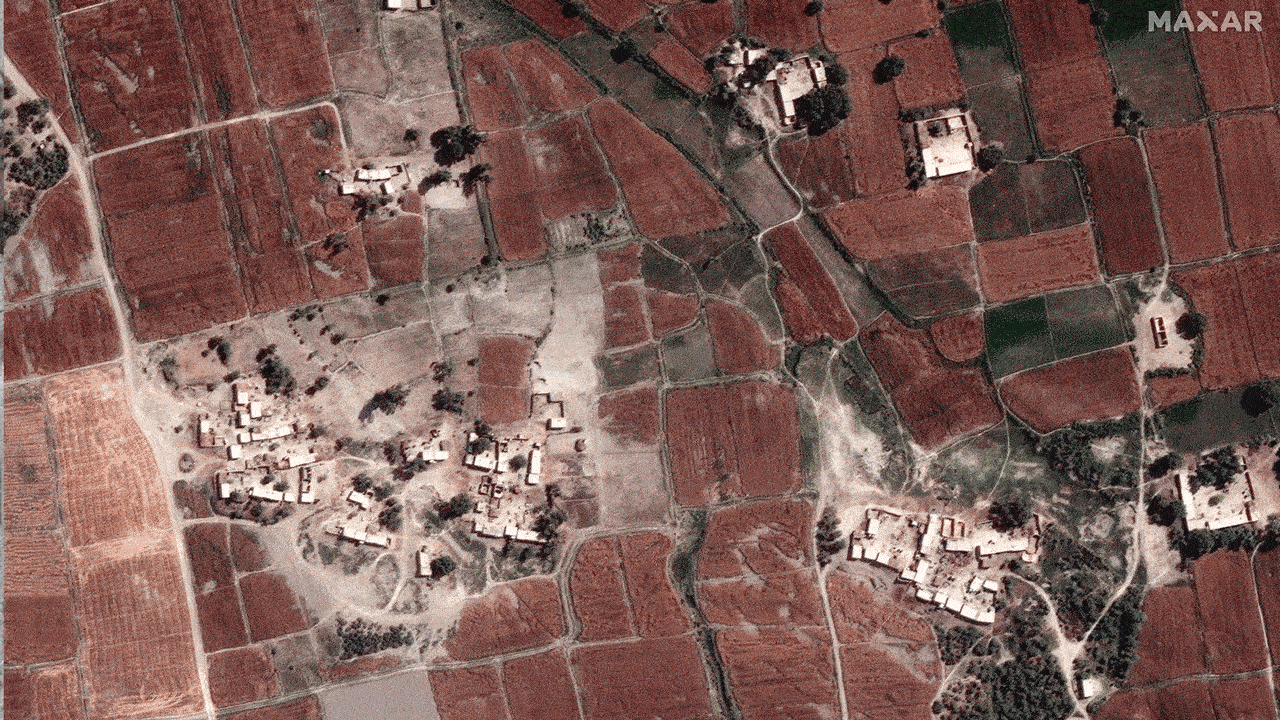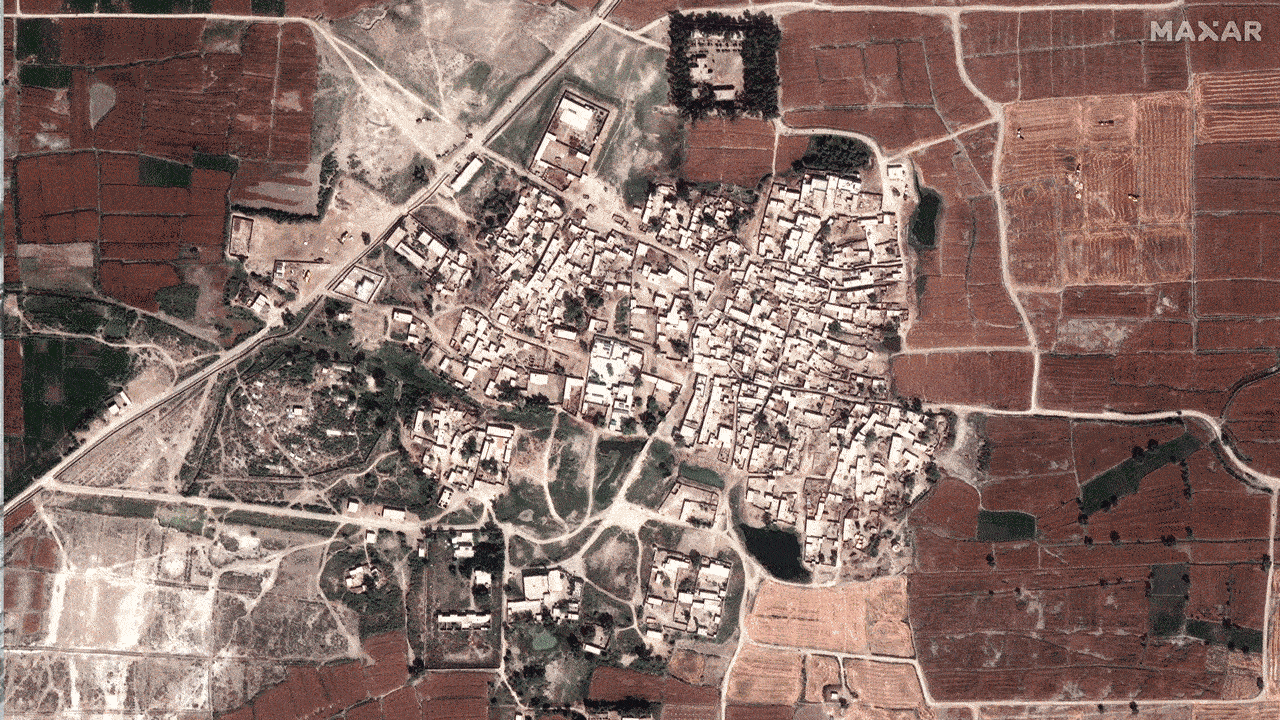The Role of Climate Change in the Historic Pakistan Floods
Ask Students: How many people have been impacted since the Pakistan floods began? What are other countries doing to help?

A family sits in front of their flooded home in Pakistan. | PBS NewsHour
Share
August 31, 2022
Ask Students: How many people have been impacted since the Pakistan floods began? What are other countries doing to help?
Share
This year has marked a particularly devastating monsoon season in Pakistan. The country has experienced mass flooding resulting in a serious disaster with more than 1,000 deaths; in the Sindh and Balochistan provinces to the south, there has been a 400 percent increase in average rainfall and more than 20 dams have been destroyed. Watch the video from PBS NewsHour below, then answer the questions. For a transcript of the video, click here.
Pakistan is one of the top 10 countries most affected by climate change; at the same time, Pakistan is responsible for less than 1% of global fossil fuel emissions. Major international players like the United States and China have contributed massively to factors that accelerate climate change, and many activists and climate scientists think they should do more to combat the ongoing crisis.
How do you think the developed world can help developing countries that are being severely impacted by climate change?

Pakistan is home to more glaciers than almost anywhere on earth. With climate change becoming a greater problem, flooding becomes a greater issue as they melt. Check out this resource featuring a short video from the National Science Foundation on the effects of melting glaciers from Greenland.
Check out the two GIFs below from Maxar Technologies showing villages and fields before and after flooding in Rajanpur, Pakistan. What do you notice?


Read about Pakistan’s neighbor, India, and how historic heat waves resulting from climate change are causing problems in the country.
Explore more resources for educators to find a wide-range of relevant preK-12 lessons on climate change or supporting young people as they continue to lead the conversation around the climate change crisis.
